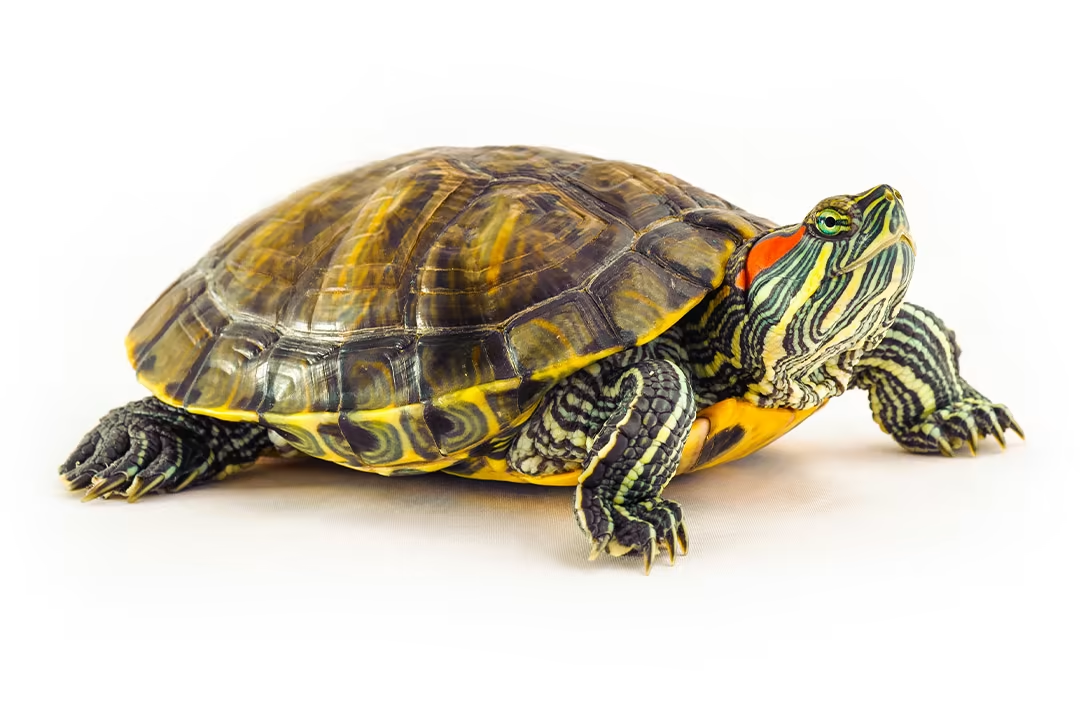Tortle
Scientific Classification:
Kingdom: Animalia
Phylum: Chordata
Class: Reptilia
Order: Testudines
Physical Description
Size: Turtles vary widely in size. The smallest, the speckled padloper tortoise from South Africa, measures as little as 8 cm (3.1 in) in length, while the largest, the leatherback sea turtle, can reach up to 2.9 meters (9.5 feet) in shell length and weigh over 900 kg (2,000 pounds).
Appearance: Turtles have a distinctive body plan with a hard shell developed from their ribs that acts as a shield. They cannot protrude their limbs from the shell but can retract their heads and legs for protection.
Habitat and Distribution
Habitat: Turtles inhabit a wide range of environments, including terrestrial, freshwater, and marine ecosystems.
Distribution: They are found on every continent except Antarctica, adapted to a multitude of environments from arid, sandy landscapes to dense rainforests and ocean depths.
Behavior
Diet: Most turtles are omnivores; they eat a variety of plant and animal life, including algae, fruit, leaves, insects, and fish. Some species specialize in a particular type of diet.
Social Structure: Turtles generally lead solitary lives, coming together only for mating or occasional basking in the sun in groups.
Reproduction: Female turtles lay eggs in holes dug into mud or sand. They cover their nests and leave; the young are on their own after hatching.
Conservation Status
Threats: Turtles face numerous threats including habitat destruction, pollution, climate change, poaching for their shells and meat, and the pet trade.
Conservation: Many species are protected under international law. Conservation efforts include habitat protection, legal protection, and breeding programs to help recover populations that are dangerously low.
Interesting Facts
Turtles are one of the oldest reptile groups and predate the dinosaurs.
They have a slow metabolism and can live for decades; some can live for over 50 years, and certain species are known to live over a century.

Комментарии
Отправить комментарий